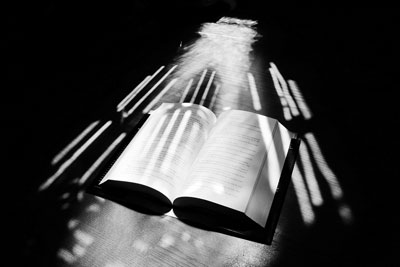All Nonfiction
- Bullying
- Books
- Academic
- Author Interviews
- Celebrity interviews
- College Articles
- College Essays
- Educator of the Year
- Heroes
- Interviews
- Memoir
- Personal Experience
- Sports
- Travel & Culture
All Opinions
- Bullying
- Current Events / Politics
- Discrimination
- Drugs / Alcohol / Smoking
- Entertainment / Celebrities
- Environment
- Love / Relationships
- Movies / Music / TV
- Pop Culture / Trends
- School / College
- Social Issues / Civics
- Spirituality / Religion
- Sports / Hobbies
All Hot Topics
- Bullying
- Community Service
- Environment
- Health
- Letters to the Editor
- Pride & Prejudice
- What Matters
- Back
Summer Guide
- Program Links
- Program Reviews
- Back
College Guide
- College Links
- College Reviews
- College Essays
- College Articles
- Back
The Reality of Ready Player One
All people need a form of escape, whether it be from a situation, person, or place. Ernest Cline’s Ready Player One is set in a future with a whole alternate reality, in which thousands of players can escape to a utopian environment dubbed the Oasis. This alternate world is built by a man named James Halliday, who sets off a series of chaotic events by starting a competition for total control over Oasis and its infinite wealth. Through the story’s portrayal of its protagonist’s personality and character growth, Cline proves that no matter the possibilities offered by a virtual world and the drawbacks of the real one, reality always comes first, and no alternate world can replicate the balance of true human emotions.
Through the first half of the book, Parzival (also known as Wade) depicts the Oasis as another world he’s grown accustomed to and lived in for five years, which has eventually overtaken reality itself. He views reality as ugly and repellent, claiming that “Going outside is highly overrated” and that “Being human totally sucks most of the time. Videogames are the only thing that make life bearable.” His rejection of real-world interactions stems from his family history, with deceased parents and a malicious aunt. Wade also states that he was “more or less raised by the Oasis’s interactive educational programs,” as he sang songs in the simulation of “Sesame Street” or hung out with “muppets”, in addition to learning basic skills usually taught by one’s parents, such as “how to walk, talk, add, subtract, read, write, and share.” Having his positive childhood memories in another reality, and being so detached from the real one, is more than enough to disconnect Wade from reality and connect him to Oasis.
Throughout his journey, Wade’s character develops and he realizes that both Oasis and reality are intertwined by people, his conflict, and his emotions. After some time, Wade realizes that his source of happiness does not stem from desire for monetary gain—in fact, he nearly loses the competition due to his lack of motivation and sudden human feelings for Art3mis. Even in the end, when he wins and inherits billions of dollars, Wade claims that none of it matters more than his love for Art3mis. After finding her, it occurs to him that “for the first time in as long as [he] could remember, [he] had no desire to log back into the Oasis.” This final revelation resonates with readers, because after having struggled to live in reality and constantly escape elsewhere, it seems that completing the game has set Wade free.
Ernest Cline’s depiction of Wade’s self-liberation is ironically similar to Halliday’s life, as he was always fleeing the real world and escaping to a virtual one. In fact, Halliday had created Oasis to escape his fear of the real world. Through the portrayal of Halliday, and Wade’s realization over time of the true source of happiness, Cline shows that no matter how terrifying and painful reality can be, it's also the only place where one can find true happiness, because reality is the only thing that's real.

Similar Articles
JOIN THE DISCUSSION
This article has 0 comments.
